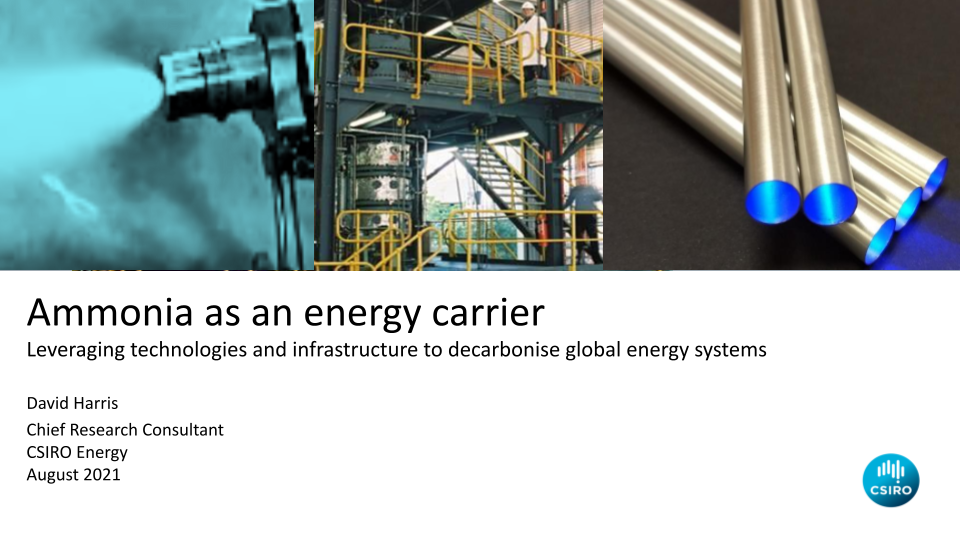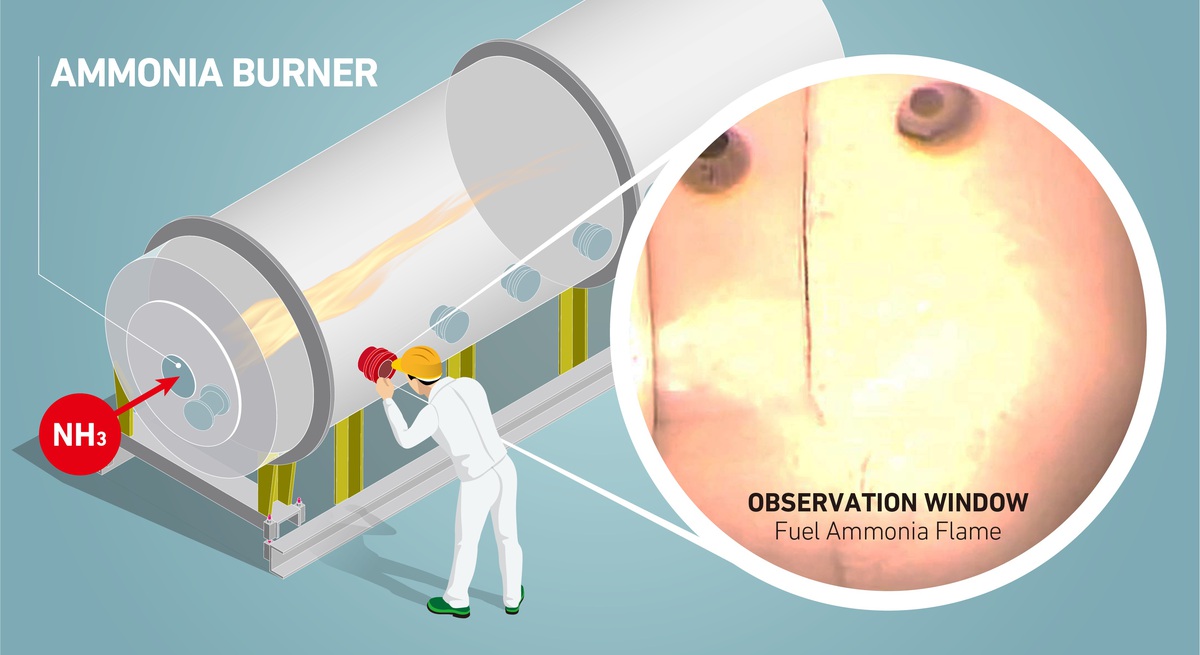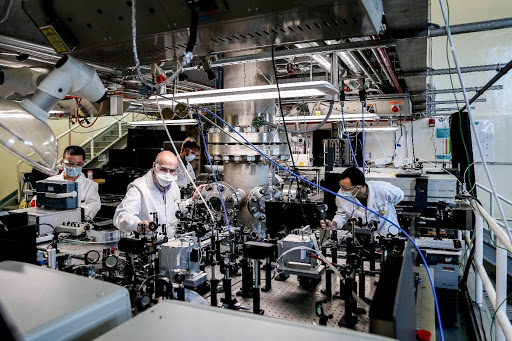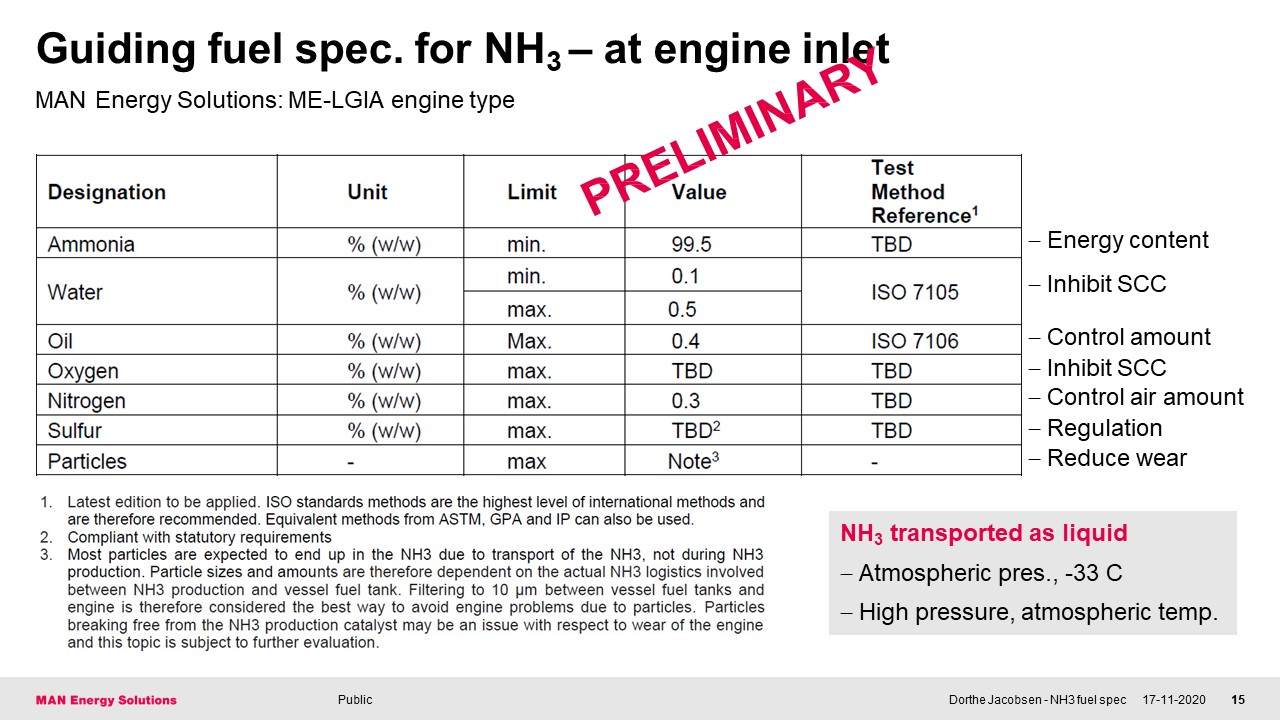Power Generation
Mitsubishi Power developing ammonia combustion boilers
Mitsubishi Power has announced the development of single and mixed-fuel ammonia combustion boilers for industrial applications. Importantly, Mitsubishi also announced that optimal combustion conditions for ammonia have been successfully identified to minimise NOx formation and ammonia slip.
UK publishes national Hydrogen Strategy
The UK government has launched its vision for a society-wide hydrogen economy, with the first phase to entail 5 GW of low-carbon hydrogen production by 2030. Of huge interest to our readers here at Ammonia Energy are the explicit references in the report to the important future role of ammonia as: i) a maritime fuel, ii) a peaking power fuel for gas turbines, and iii) an export vector.
Ammonia Energy Live May: Origin Energy’s decarbonisation journey
This May we presented a new episode in our monthly webinar series: Ammonia Energy Live. Every month we’ll explore the wonderful world of ammonia energy and the role it will play in global decarbonisation - with an Australian twist. For May’s episode we welcomed Sarah Tincknell, Stakeholder and Regulatory Manager of the Future Fuels Division at Origin Energy. Sarah joined us to share some of the experiences and learnings Origin Energy has gone through on its decarbonisation journey to date, and give us some insights into what emissions reduction looks like at an electricity generator and retailer. And, of course, we wanted to find out where ammonia and hydrogen fit into Origin's long term plans for decarbonisation. Sarah was interviewed by Emily Heenan, (Process Engineer, also in the Future Fuels Division at Origin), and Jacinta Bakker (Senior Research Coordinator at Jupiter Ionics).
The Ammonia Academic Wrap: "seamless" cracking, improving Haber Bosch, a novel green power-to-ammonia-to-power solution and a review into the use of ammonia as a fuel
Welcome to the Ammonia Academic Wrap: a summary of all the latest papers, developments and emerging trends in the world of ammonia energy R&D. This week: "seamless" ammonia cracking tech from Northwestern, a new electrolysis catalyst, successful integration of ammonia synthesis and separation for improved efficiency, more research needed into transition metal catalysts for Haber Bosch, a novel, green power-to-ammonia to power system and a review on ammonia as a potential fuel.
Ammonia Energy Live March 2021: event wrap
Last week we presented the second episode in our monthly webinar series: Ammonia Energy Live. Every month we’ll explore the wonderful world of ammonia energy and the role it will play in global decarbonisation - with an Australian twist. This episode we welcomed Sammy Van Den Broeck, VP Project & Portfolio at Yara Clean Ammonia. Sammy was invited to give his thoughts on the key challenges and opportunities in the global ammonia transition, and explain to us why Australia is so important to Yara's future clean ammonia plans. Interviewing Sammy were Jacinta Bakker (Research Fellow in the MacFarlane Laboratory at Monash University) and Allison Gwilt (Senior Project Engineer, Future Fuels at Origin Energy).
Cardiff-KAUST-Tohoku Young Researcher Workshop on Ammonia Energy
Organised by a panel of young researchers — and for young researchers — Cardiff University, KAUST and Tohoku University hosted a virtual workshop on ammonia energy. Each group showed their most recent research developments through the two-day event, attracting 50+ participants from the three groups alone. The event included research introductions from the research leaders of each group as well as quizzes, discussion rooms, prizes. Each group selected 6 early career presenters to feature their latest work in the topics of chemistry and microflow reactors, laminar and turbulent flames and applications. Taking advantage of the discussion sessions, this workshop hopes to promote large scale international collaboration and a researcher exchange programme in ammonia energy.
Cracking Ammonia: panel wrap-up from the Ammonia Energy Conference
When should we be cracking ammonia? How much should we be cracking? How could better cracking technologies open up new end uses? What are the critical challenges still to be overcome for cracking ammonia? On November 17, 2020, the Ammonia Energy Association (AEA) hosted a panel discussion moderated by Bill David from Science and Technology Facilities Council (STFC), as well as panel members Josh Makepeace from the University of Birmingham, Joe Beach from Starfire Energy, Gennadi Finkelshtain from GenCell Energy, Camel Makhloufi from ENGIE, and Michael Dolan from Fortescue as part of the recent Ammonia Energy Conference. All panelists agreed that cracking technology as it stands has a number of key areas to be optimised, particularly catalyst improvements and energy efficiency. But, successful demonstrations of modular, targeted cracking solutions are accelerating the conversation forward.
A Fuel Standard for Ammonia: panel wrap-up from the Ammonia Energy Conference 2020
What are the key considerations for a future Ammonia Fuel Standard? On November 17, 2020, the Ammonia Energy Association (AEA) hosted a panel discussion moderated by Ron Stanis from GTI (Gas Technology Institute), as well as panel members David Richardson from Airgas, Rob Steele from EPRI (Electric Power Research Institute), Eric Smith from IIAR (International Institute of Ammonia Refrigeration), and Dorthe Jacobsen from MAN Energy Solutions at the recent Ammonia Energy Conference. The AEA Fuel Standard Committee has been developing a draft product specification that will facilitate the acceptance of ammonia as a fuel. The overall message from panelists came through loud and clear: the draft standard is ready for stakeholder comments, and the Fuel Standard Committee welcomes your input.









